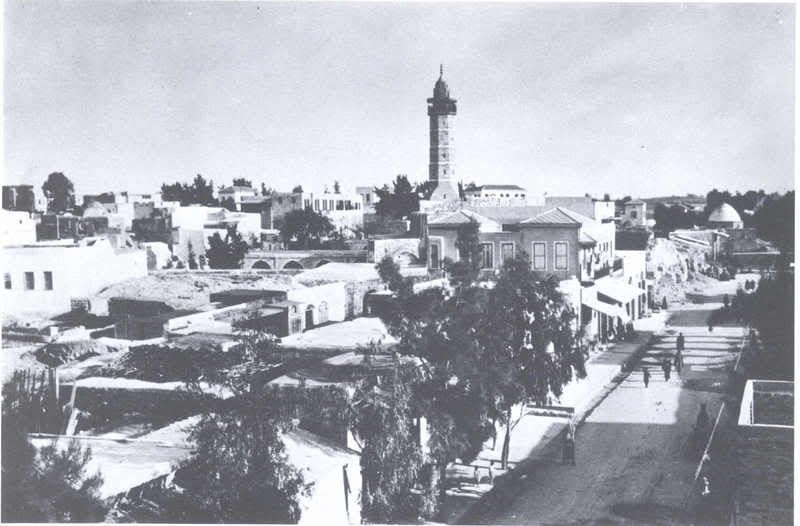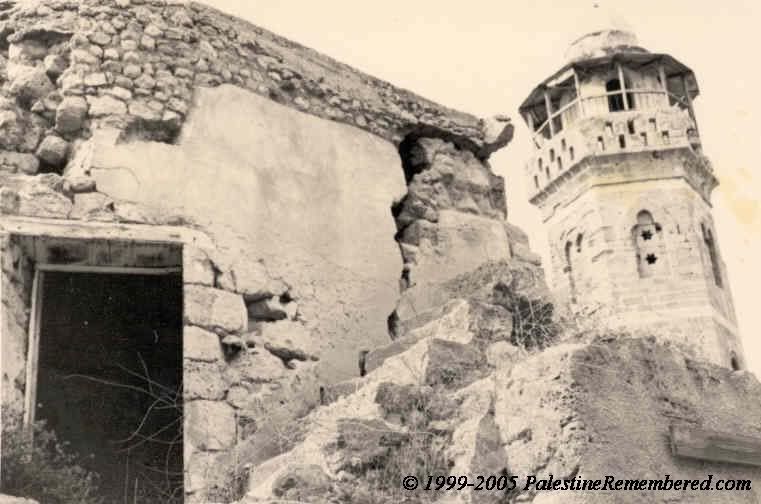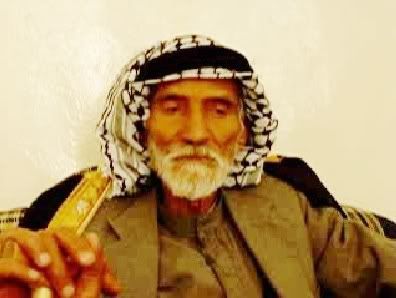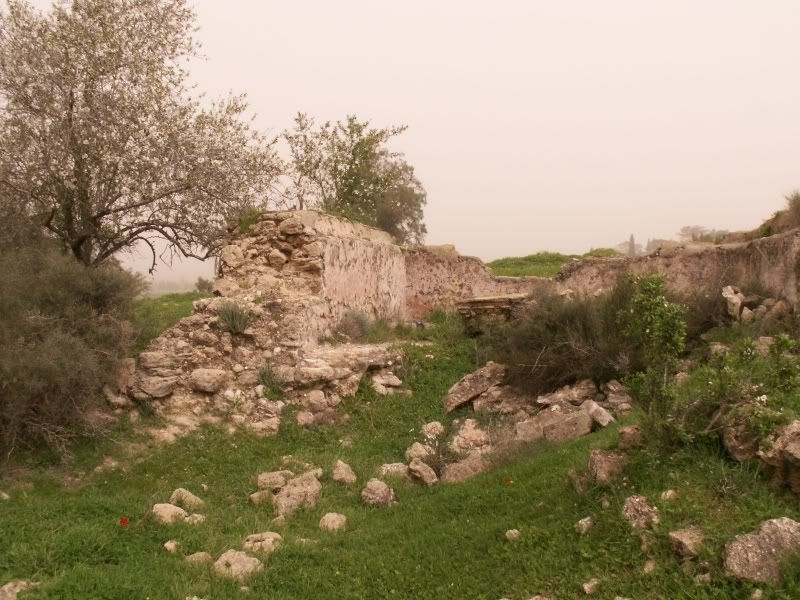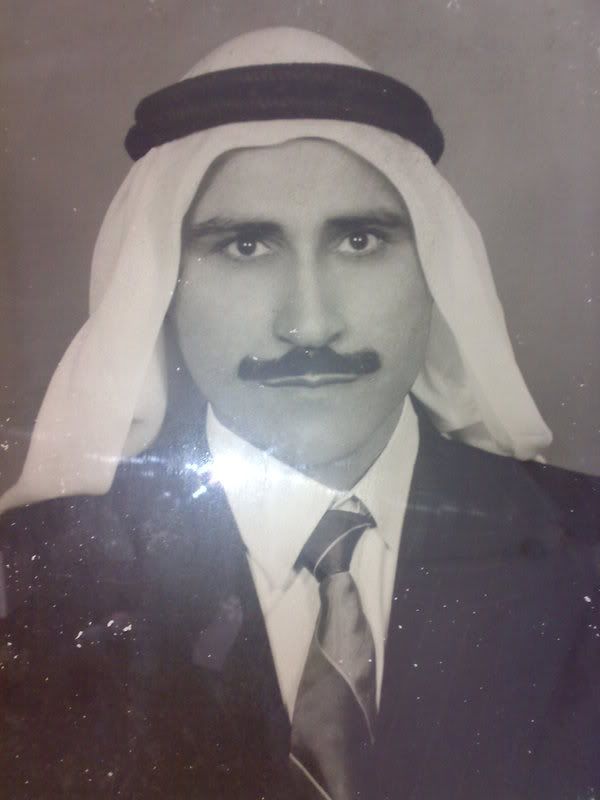It would be cynical to introduce Lawrence of Cyberia’s article on Israel’s ongoing invasion of Gaza by asking why the US does not follow Israel and invade Canada, but it would not do justice to the depth of understanding she brings to the Gazan mentality today. In fact, there is rather an irony at play in Israel’s invasion of Gaza that is a much better approach to this understanding.
Two thirds of the Palestinians living in Gaza are refugees from the 1948 ethnic cleansing that emptied Palestine of two thirds of its Arab population. That the UN organization, UNWRA, responsible for these refugees since that year, reported that it ran out of food weeks before the ceasefire terminated provides at least one clue as why Hamas’ refused to continue it.
But if you want to know what the Palestinians are all about, what their mentality is, and why they fight back today in Gaza today, read on. (For links, see the original article.)
Je Me Souviens (or I Remember)
The stupidest defense of what Israel is doing to Gaza has to be, “But what would Americans do if Canadians were firing Qassams from Quebec over the border into the U.S.?”. Well, I dunno. Flesh out your scenario for me. While these imaginary rockets are falling on the U.S. from Quebec, is the U.S. blockading Quebec and conducting a violent, repressive military occupation of Alberta, British Columbia, Saskatchewan, Manitoba, Ontario and all points north, that has been going on for 41 years, and involves the forcible dispossession of the Canadians in those provinces so that Americans can steal their choicest land and the U.S. can annex it (without the inconvenience of having to give citizenship rights to the Canadian people who live there)? Because that’s what it would take for your comparison to have meaning. And if you tell me “Yes, actually we are doing all that to the people who are launching home-made, sugar-fueled rockets at us”, then I think the answer to the question “What would Americans do?” might well be that if I were doing that to Canada and only getting a bunch of Qassam rockets in return, I might just shrug my shoulders and think maybe I’d gotten off lightly.
Beyond the occupation as the immediate context for the inherently violent and unstable relationship between the Gaza Strip and Israel, there’s a broader context that is unmentionable in U.S. news media, but got an airing yesterday in the Hebrew-language version of Ha’aretz (via skyredoubt, via the incomparable Mondo Weiss). Returning to our Canada analogy, there’s something else I need to ask if I really want to know why those nasty Canadians are lobbing rockets at me. I need to know not only whether the U.S. is occupying and blockading the people who fire the rockets, but whether in your analogy the very existence of the United States depends on the continuous expulsion, dispossession and disenfranchisement of Canadians, as Israel’s does in regard to the Palestinians. If you leave that bit out of the comparison, then you’re really only telling me half a story about why these people might want to fire rockets at me.
In the U.S., all our TV pundits and major newspapers ever tell us about the Gaza Strip is that 1. it’s a Hamas stronghold, and 2. it’s the most densely-populated piece of real estate on earth. But they don’t tell us that it wasn’t always like that. They don’t mention that Gaza wasn’t a stronghold of Islamic nationalism till Israel’s occupation administration in Gaza funded Hamas as a counterweight to the secular nationalism of the PLO, then engaged in a phony 15-year “peace process” that hopelessly compromised the secular nationalist parties that had supported a compromise peace with Israel, leaving Hamas as the only credible resistance to the continuing occupation.
They don’t tell you either about the time before the Gaza Strip became the most densely-populated place on earth; when Gaza was a small coastal city, rather than a moon scape, and its environs were wheat fields and orchards – cultivating citrus products, dates, grapes, figs and mulberries – rather than refugee camps.
And they DEFINITELY don’t mention how the transformation in Gaza’s fortunes came about. They don’t tell you where those 1.5 million people now squashed into the Gaza Strip came from. Because they come from what is now Israel, and they didn’t leave their homes there voluntarily in order to spend their days in an overcrowded, bombarded slum. Eighty per cent of the people in the Gaza Strip are refugees. These are the people who have been expelled from Israel since 1948, and always had to be expelled according to the logic of Zionism, if a Jewish state was to be created in Palestine, where most people happen not to be Jewish. The vast majority of the people in the Gaza Strip are the original inhabitants of the towns and villages of southern and coastal Israel, who took refuge from Zionist armies in Gaza City because it was the last southern city left in Palestinian hands in 1948.
In short, the people in the Gaza Strip who are today firing rockets at the towns of southern Israel are, overwhelmingly, the children and grandchildren of the Palestinian people who were expelled by Israel from those very same towns in order to gerrymander a Jewish majority where one did not naturally exist.
Yesterday, rockets from Gaza fell on the Israeli city of Ashkelon. Benny Tziper in the Hebrew-language version of Ha’aretz online was the only person I saw publicly mention that the Israeli city of Ashkelon was, until quite recently, the Palestinian city of Majdal al-Asqalan whose Arab population was expelled within the lifetime of many present-day Israelis to the refugee camps of the Gaza Strip:
[…]A nice man was there at the entrance to the museum, an invalid of IDF from the Yom Kippur War, who was born and lived all his life in Ashkelon. From his knowledge and enthusiasm one could tell that he loves the city very much. He had no problem telling me how in 1953 the Arabs were expelled, and the long process of looking for a new name for the place started (the Arab name was Majdl), till it was decided to call the place Ashkelon. The entire communications between the authorities regarding the cleansing of the city of Arabs and Hebrewisation of the name is exhibited in the museum. I think that nobody makes the connection today between the fact that the Qassams land on Ashkelon and the fact that poor Arabs who did nothing wrong to anybody were put on trucks and expelled from their city to Gaza fifty five years ago, and since then they are there and Ashkelon is here. And this did not happen in wartime or as a result of hostilities, but from a cold calculation that the area must be cleansed of Arabs. There is a picture in the museum that shows the Arabs sitting and waiting in front of the of Israeli military government building. It sends shivers down my spine because it happens in the year I was born. And it is really, really hard for me to realize that at the time that my parents were happy with my birth, other people were put on trucks and expelled from their homes.[…]
(via skyredoubt, via Mondo Weiss; emphasis mine).
Those “poor Arabs who did nothing wrong to anybody” yet “were put on trucks and expelled from their city” because of a “cold calculation that the area must be cleansed of Arabs” are people like Salim al-Damagh and Sayyed al-Sharief (above), who are now aged 70 and 76 respectively and who, 55 years after being expelled, are still unable to return to Ashkelon because Zionism says they have the “wrong” ethnic-religious background to be allowed to live in their own homes.
Also yesterday, Qassam rockets again fell on the oft-bombarded Israeli town of Sderot. Sderot was built as an Israeli town in the early 1950’s to house Jewish immigrants from the Maghreb, who were told they were coming to a land without a people for a people without a land. But they weren’t; they were coming to the ruins of the Palestinian town of Najd (Photo by Uri Zackhem for Palestine Remembered).
A little town by the name of Sderot became home to poor immigrants in the early ’50s, only years after it had been cleared of Palestinians living in what was the village of Najd. [A] resident of Sderot told me that when he got there in 1989 he thought he was in “the safest place in the world, in the middle of nowhere.” And yet, it was not the middle of nowhere, he had moved onto what was once someone else’s land and adjacent to where that displaced person and their displaced descendants were held imprisoned. There, his displaced neighbors daily face the consequences of the past. This past is what is allowing for the hell of that very town, Sderot.
Sderot Created The Gaza Strip by Philip Rizk; 22 May 2007.
Najd was completely destroyed, and its 719 inhabitants expelled to Gaza, by troops of the Israeli Negev Brigade, on 13 May 1948. Among those inhabitants expelled to the Gaza Strip were Muhammad Jasser, a former mayor of Najd, and his son, Ahmed (below):
They lived the rest of their lives in the Jabalya Refugee Camp, unable to return to Najd because Zionism said they had the “wrong” ethnic-religious background to be allowed to live in their own homes.
By 1998 there were an estimated 4,417 people living in Gaza Strip refugee camps who were either expelled from Najd, or the children/grandchildren of people expelled from Najd. Conceivably, some of them are among the people firing Qassams at Sderot right now.
That sort of background information makes the Canada analogy sound really dumb, doesn’t it? And you can learn it from a newspaper in Israel, but not here. At least not yet. But you will. And the reason you will hear more and more even in the U.S. about the unacknowledged history of 1948 is because of the demise of the two state solution. Israel has spent 40 years doing everything it can to erase the Green Line of 1967, in order to prevent the creation of a Palestinian state. But what it has actually ended up doing by refusing to settle for the borders of 1967, is to return its conflict with the Palestinians to 1948, by unraveling the demographically Jewish state that it went to such trouble to establish through the ethnic cleansing of the Nakba. Forty years of trying to absorb the Occupied Palestinian Territories of 1967 into an expanded Jewish state of Israel, have resulted instead in the restoration of the bi-national state of Israel/Palestine that existed before 1948. A bi-national state under sectarian rule, which presently reserves the benefits of citizenship to only one of the state’s nations, but a de facto bi-national state nonetheless. And as Israeli anthropologist Jeff Halper has pointed out, the real irony is that Israel has no-one to blame but itself for throwing away the Jewish super-majority it created for itself on part of Palestine in 1948. Israel’s own inability to untangle itself from the mirage of a Jewish state in all Palestine, has brought it to where it is today – on the verge of losing a Jewish state even on part of it:
[I]f it was we who eliminated a viable two-state solution – the creation of a truncated Palestinian prison-state on 15% of historic Palestine a la South Africa’s Bantustans will not solve the conflict – then how shall we end our century-old conflict? How shall we deal with the bi-national entity that is Israel/Palestine, largely our own creation?
In order to avoid these questions, we have developed a number of mechanisms, delaying forever a political solution being only one of them. It is enough for us to merely assert our support for a two-state solution in order that we be considered peace-minded and reasonable. Two-state supporters require only the notion of a Palestinian state, a never-ending process towards it, to escape confronting the reality we created. As long as a Palestinian state can be held out as a possibility, the pressure’s off. Thus many Israelis, Diaspora Jews and others – including such searching and otherwise radical figures as Noam Chomsky and Uri Avnery, together with Peace Now, Brit Tzedek, Rabbis Michael Lerner and Arthur Waskow and members of Rabbis for Human Rights – cling tenaciously to the two-state solution, all refusing to admit it is no longer viable.
The 40th anniversary of 1967 had to do with occupation. Had we dealt with that issue wisely and justly, Israel today could have been a Jewish state living at peace with its neighbors on 78% of the Land of Israel, a true cause for celebration. This year’s focus on 60 Years, on 1948, is a different matter entirely. If we want to salvage a national Jewish presence in Palestine/Israel, nothing remains but to courageously confront what we did in 1948 and the bi-national reality we have fostered since 1967. No longer can we blame the Palestinians for our dilemmas; they accepted the two-state solution way back in 1988. No, it is we, the triumphant, those who believed (and still believe) that military power combined with Jewish victimhood can defeat a people’s will to freedom, who carry the burden of responsibility for this most anti-Zionist, yet wholly predictable, situation… (emphasis mine)
Jeff Halper, Rethinking Israel After Sixty Years
Photo credit – Photos in this post are from PalestineRemembered.com, the online home of all ethnically-cleansed Palestinians; specifically from that site’s sections on al-Majdal and Najd.
Thanks Diane for this look underneath the reality in Gaza. Clearly no one here condones the killings that are occurring on either side. It must stop.


